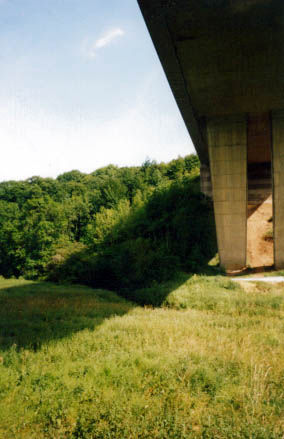
Discovering Robin Hood ... of Yorkshire
AWW: When did you become interested in Robin Hood, and in particular, the Yorkshire connections with Robin Hood.
DH: I think I've always been interested. Obviously, as a small boy growing up in the UK we had the Richard Greene series [The Adventures of Robin Hood] on television. I recall being very interested by that. Of course, at the time, my father always said that if there was a real Robin Hood character, then he was from our part of the world. And I went to secondary school, and my head teacher - a man called Harold Speak - wrote a book, more of a pamphlet basically, arguing that Robin Hood was actually a Robert Hode who originated from Wakefield, and that was the source of the legend. So, I'd been very interested throughout my life.
AWW: What made you decide to bring it up in Parliament this year?
DH: Over a number of years I've been increasingly concerned about the way in which the Yorkshire aspect of the history has not been properly explored ... and in a sense, exploited. So people can actually make up their own minds, so that people are not guided to look at the sites in Yorkshire that do have a legitimate connection with the outlaw. But what I think really prompted me to seriously raise the issue in Parliament is I don't often travel by road. I usually travel by rail. But sometime last year, I travelled by road, and I was very concerned to see as you get near Nottinghamshire, you have a sign welcoming you to Robin Hood's country. I was, basically, quite offended by the suggestion that that was Robin Hood's country, either wholly or indeed in part.
AWW: What sort of action would you like to see taken in terms of promoting the Yorkshire tourism angle? Something I've noticed when I've been in Yorkshire, a lot of people don't know about the connections. I was in St. Mary's Abbey, York, about 10 years ago and I was on a tour of the abbey. The guide had never heard that the abbey was strongly connected to Robin Hood (home of an enemy) in the early ballads and the Renaissance plays. Fountains Abbey is reputed in the ballad and numerous children's novels to be where Friar Tuck is from, but the staff there was unaware of that story.
DH: What I'd like to see happen is that we have the issue taken much more seriously by, in particular, our museum services within Yorkshire. I've talked to quite a number of different people within the service within my own area. You probably know that some months ago, I sponsored a function at the House of Commons where a historian [David Greenwood] gave a detailed presentation on the Yorkshire connections, having looked at the early ballads and tracing the clues through. Particularly the Lytell Geste ballad, which does give you a fairly detailed idea of the key places that the outlaw is connected with.
So, basically it's getting Yorkshire to understand that if there is a history, it's much stronger in our county than it is in Nottinghamshire. I think we are only just starting to understand that. I think as well, the other side of the coin is that this argument from Yorkshire is pressing Nottinghamshire to do more about substantiating their own claims. I know in taking part in debates with Nottinghamshire MPs and people from Nottinghamshire that they are frustrated that their own county doesn't do more to evidence the genuine historical aspects of this story. Where as we are pointing to court records, we are pointing to genuine historical events, so much of what they are relying on is frankly mythical.
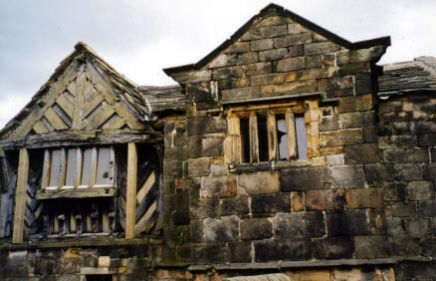
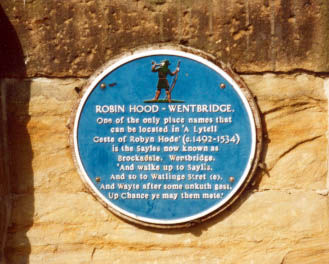
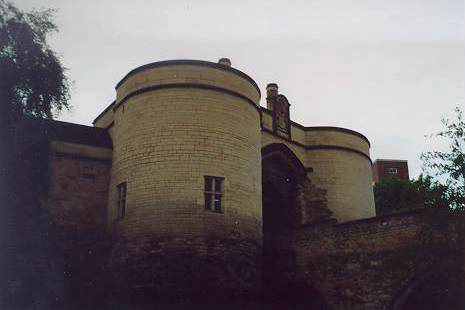
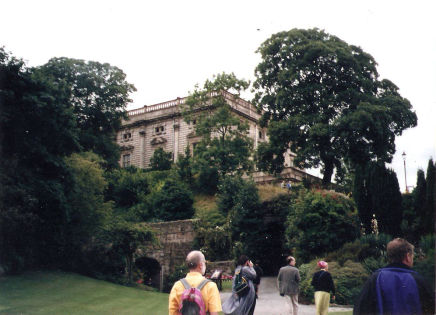
Contact Us